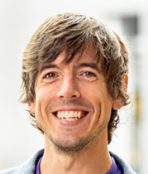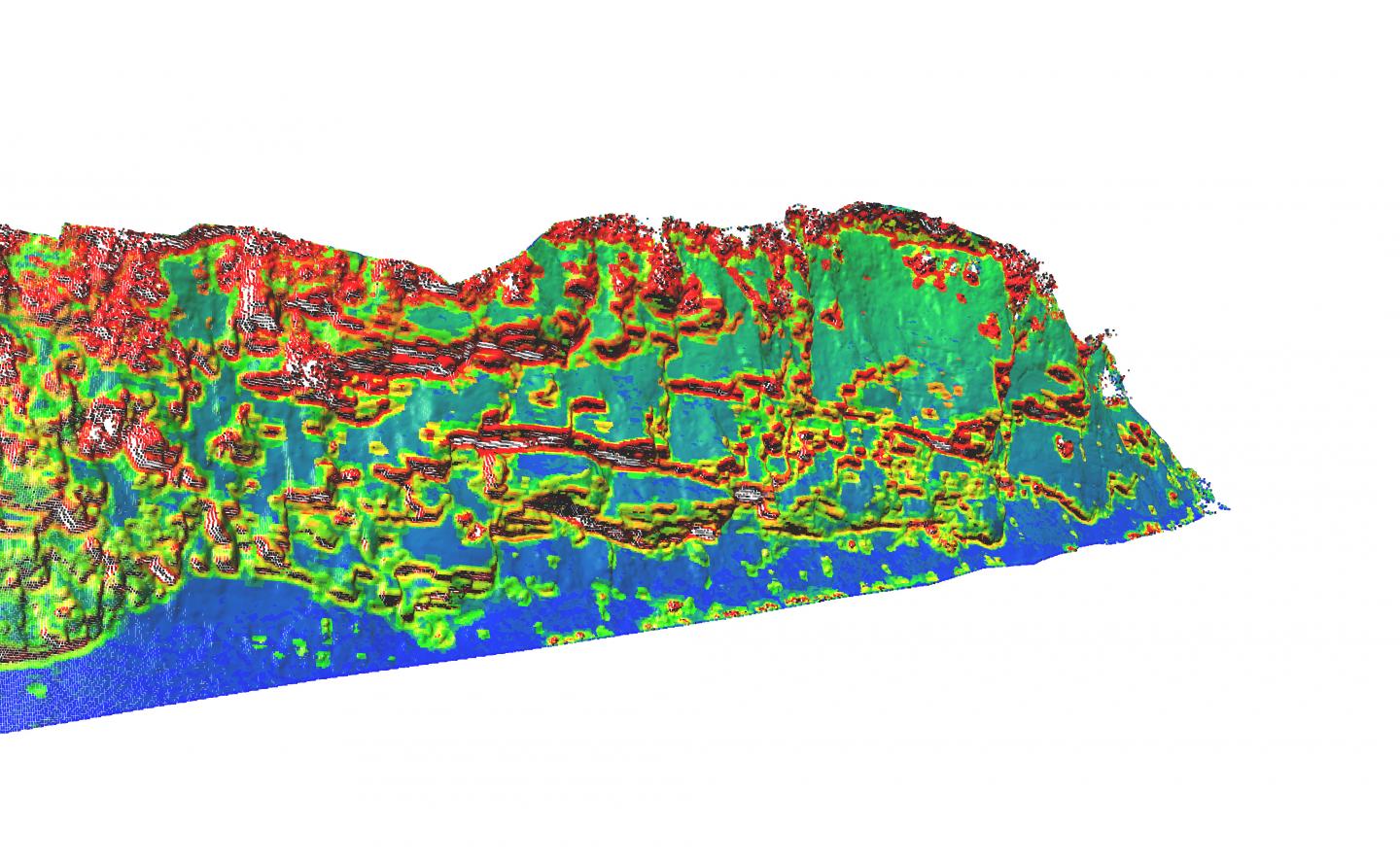-
April 25, 2017
A PacTrans Funded Project is Currently Making Headlines
Several years ago, PacTrans funded a multi-institution project that incorporated PIs from three of PacTrans five consortium institutions. Keith Cunningham from the University of Alaska Fairbanks, Michael Olsen from Oregon State University, and Joe Wartman from the University of Washington, set out to develop a new, automated technology that fundamentally shifted slope asset management (risk of rock fall and land slide) from a reactive method to a proactive method. The potential benefits of such a shift, had the potential to increase speed and improve this type of risk evaluation, help protect public safety, and ultimately save money and lives.
The system has become feasible with the emergence of technology that enables new capabilities using light detection and ranging (LIDAR) technology. The “rockfall activity index,” as it’s called, should add precision to and expedite what has, until recently, been a somewhat subjective, time-consuming process in an effort to determine just how dangerous a cliff is to the people, vehicles, roads or structures below it.
The paper that was produced from this work was just published in the Engineering Geology Journal (http://www.sciencedirect.com/science/article/pii/S0013795216305671) this April. It has since made headlines in: UW Today, Science Daily, Phys.org, Sci News, and Hi Tech Days, among others. KEZI News in Corvallis covered this story several weeks ago and video footage in the article is a clear and succinct explanation of the work.
PacTrans engages our PIs in two different levels of research: single-institution (or small) projects that typically have more modest budgets, and multi-institution projects that require PI collaboration within our consortium and typically have more substantial budgets. Further, all PacTrans dollars must be match 1:1 from external sources. This project was concurrently funded by the National Science Foundation and the Alaska Department of Transportation and Public Facilities. Thank you to everyone’s efforts…great work!


